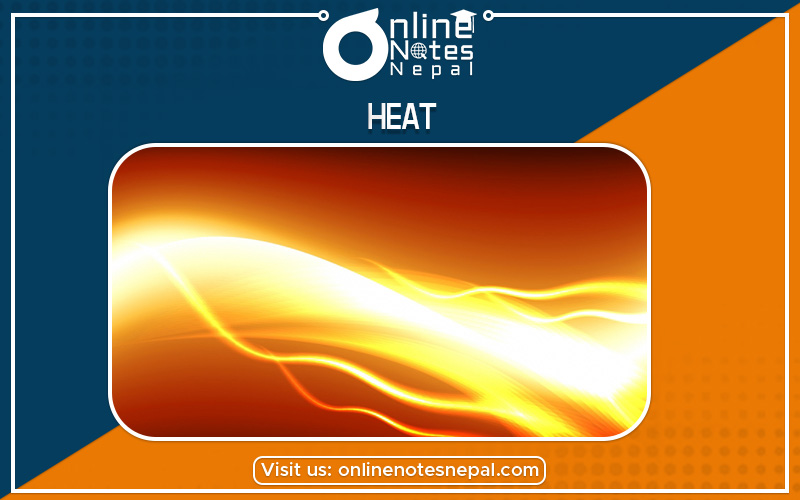Published by: Nuru
Published date: 06 Jul 2021

Heat is the form of energy which is the sum of the kinetic energy of molecules present in a substance. The SI unit is Joule (J) and CGS unit is a calorie. It is measured by a calorie meter.
One Calorie:
The amount of energy required to raise the temperature of 1 gm pure water by 1-degree Celsius is called one calorie.
1calorie= 4.2joules
Temperature is the degree of hotness or coldness of an object. Temperature is the thermal condition of the body that determines the rate of flow of heat from one body to another. It is the average kinetic energy of the molecule.
Centigrade scale:
Fahrenheit scale:
Kelvin scale:
The relation between different temperature scales
C/100 = (F-32)/180 = (K-273)/100
| Basis | Heat | Temperature |
| Definition | The heat of an object is the total energy of all the molecular motion inside that object. | Temperature is the measure of the thermal energy or average heat of the molecules in a substance. |
| SI Unit | Joule | Kelvin |
| Unit | Joules, Calories | Fahrenheit, Celsius, Kelvin |
| Symbol | Q | T |
| Particles | It’s a measure of the number of atoms multiplied by the energy possessed by each atom. | It is like a level that determines the direction in which the heat will flow. It is related to how fast the molecule within a substance is moving. |
| Ability to do Work | It has the ability to do work | It can be used to measure the degree of heat. |
The amount of heat gained or lost by a body is equal to the product of the mass (m), the specific capacity (s), and the change in temperature (dt) of that body are called this equation.
Q= msdt
Proof:
Let us consider the temperature of the body changes to t1 to t2 when it is heated and m be mass of the body then, change in temperature dt = t2 - t1
If Q is the amount of heat supplied then, Q ……….m……..1
Q………….dt……..2
Then combining 1 and 2 we get Q=msdt………3
Where s' is proportionality constant called the specific capacity of the material of the body which is constant for the given material and independent of the shape size and mass of the body.
When two bodies of different temperatures are kept in thermal contact, heat transfers take place from the hot body to the cold body and the process continues until the equilibrium (same temperature) state is maintained. This principle works on the principle of the conservation of energy.
Heat lost = Heat gained
The amount of hotness required to change the temperature of a body of unit mass by 1°C is known as the specific capacity of that body.
Or s = Q/mdt
S.I unit of specific capacity is J/kg°C
The body has more capacity to change the temperature slowly than the body having less capacity.
Specific capacity of water (s) = 4200 J/kg°C means 4200J of energy is needed to raise the temperature through 10C